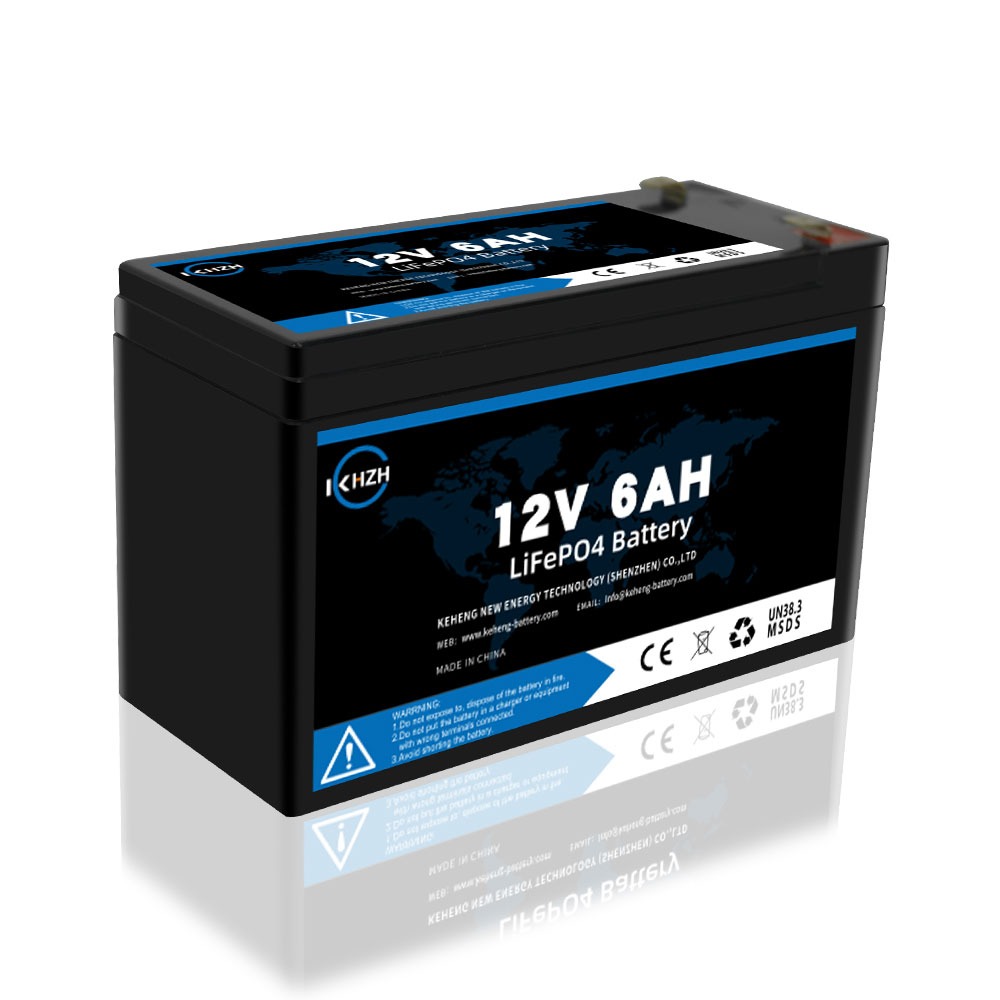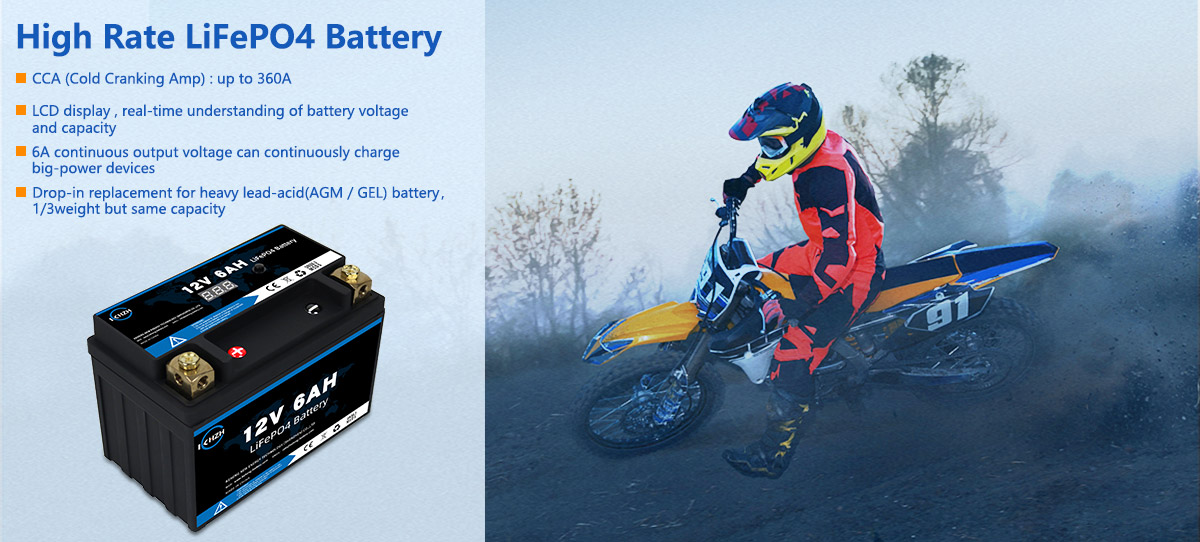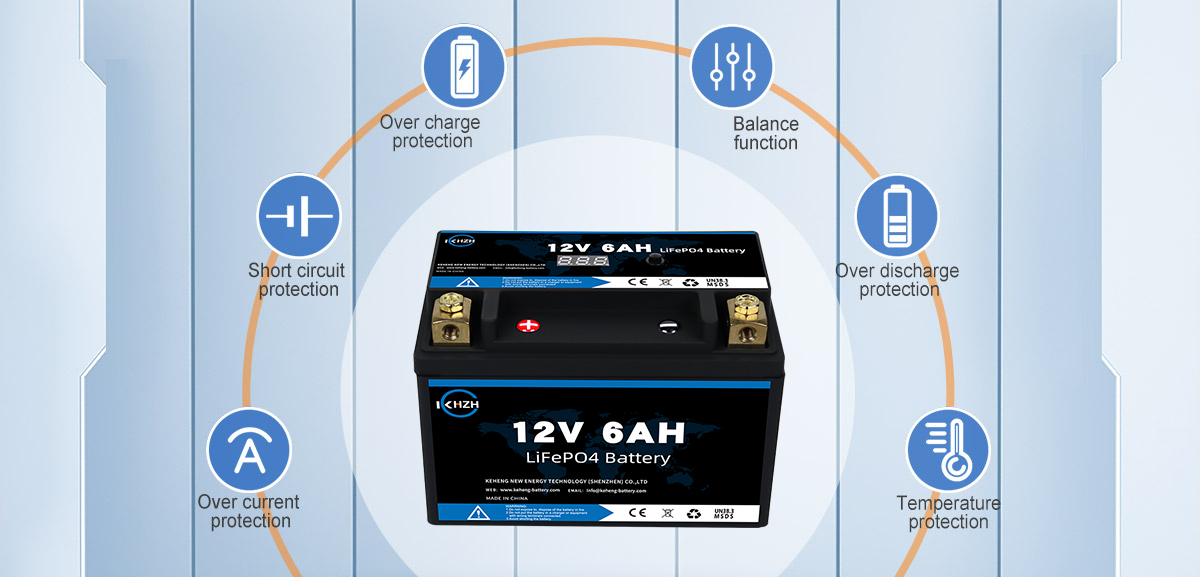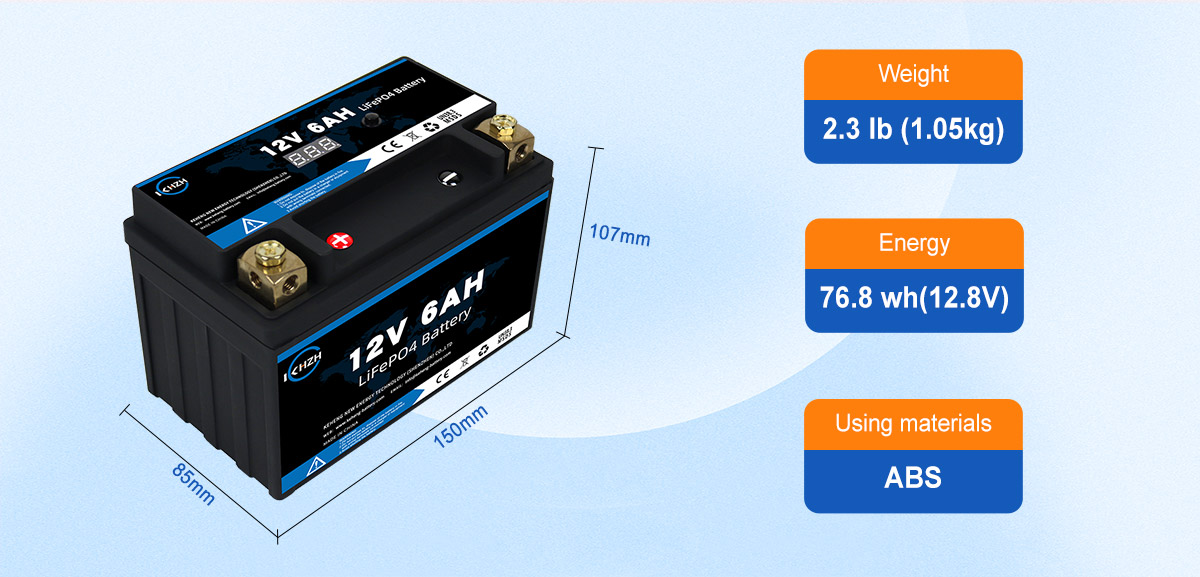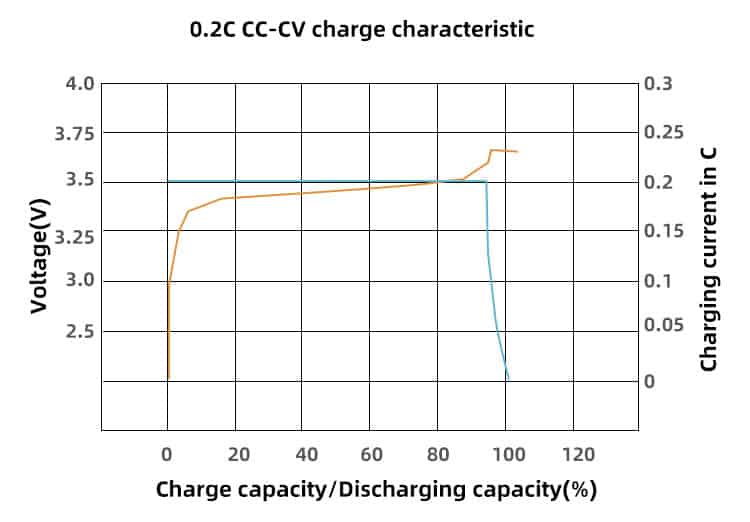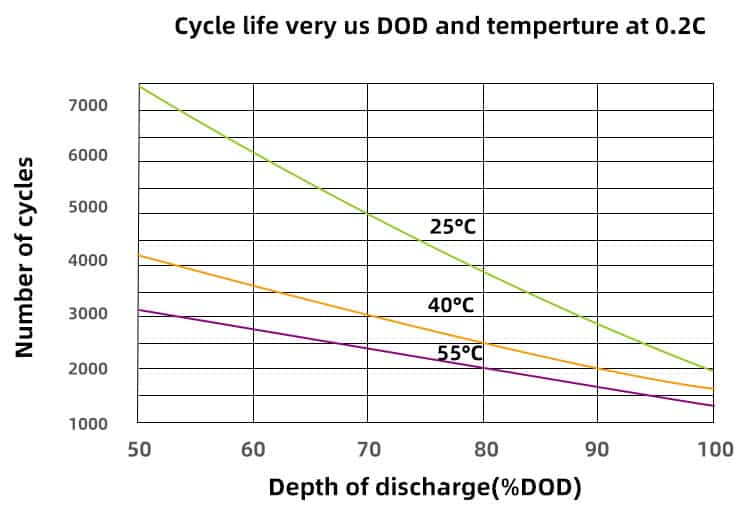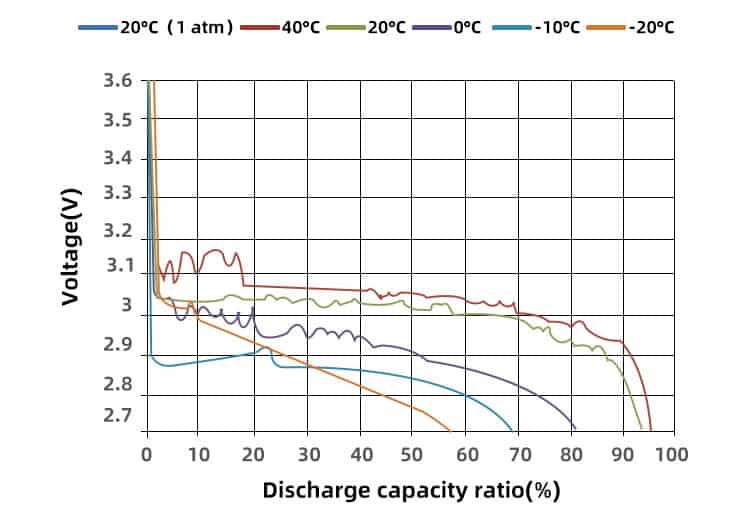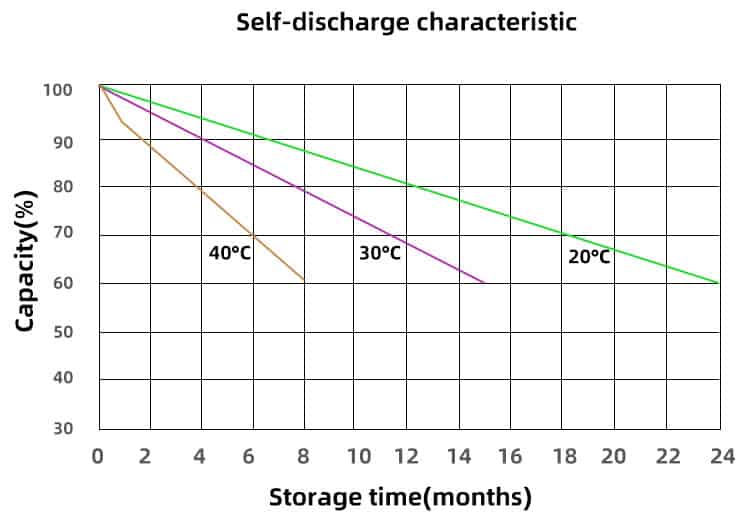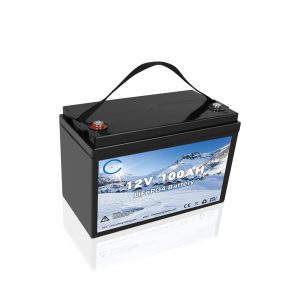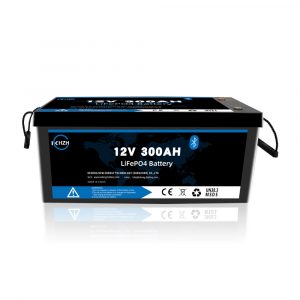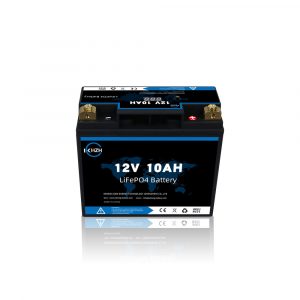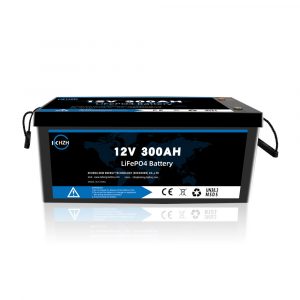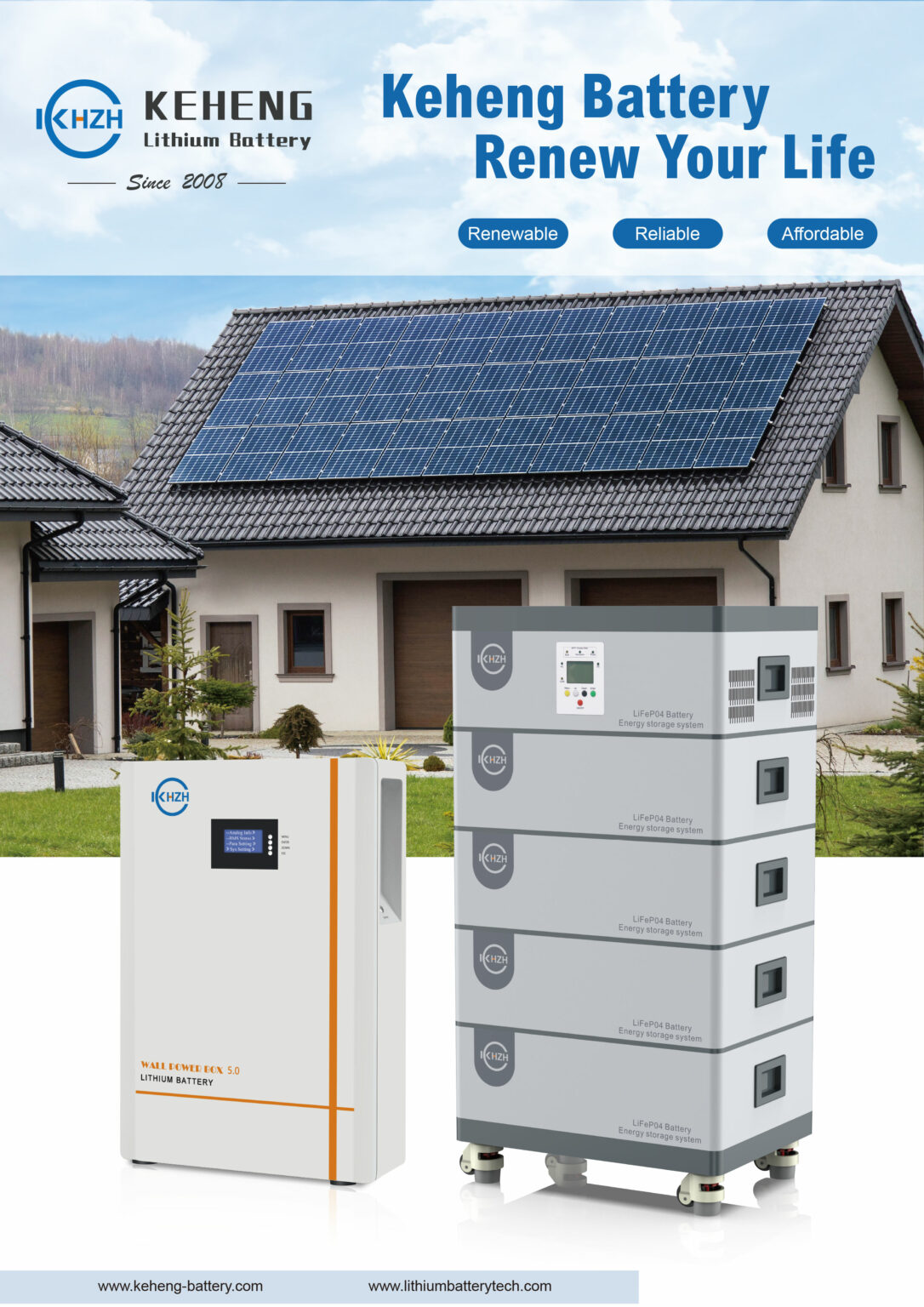Wholesalers 12V 60AH Lithium Ion Battery Pack
Wholesalers 12V 60AH Lithium Ion Battery PackThis battery is made with Lithium Iron Phosphate (LiFePO4 and LFP) technology and is a safe and cost-effective lithium battery pack.
Keheng’s 12V 60AH Lithium Ion Battery Pack is made of LFP so the weight is 1/3 of other batteries in the same category and the volume is 1/4, even though the volume and weight are smaller, the energy density is 5-10 times higher than that of lead-acid batteries.
The battery is far ahead of lead-acid batteries and soft-pack batteries in terms of power and life while ensuring lightweight.
A lithium battery pack with high life and reliability usually does not require frequent maintenance, but the capacity is not affected by these, and can still ensure that the battery can be deeply discharged. Lead-acid batteries are the last of their kind because they require frequent maintenance and emit toxic gases.
Compared with lead-acid batteries, lithium-ion batteries are similar in parameters, so lithium iron phosphate batteries are the perfect replacement for lead-acid batteries, and you don’t need to change the original wiring to use lithium-ion batteries normally.
The 12V 60Ah lithium ion battery pack exudes a lightweight feel, compact form factor, and great efficiency, allowing for adaptable deployment in a variety of applications and uses. At a glance, she reveals herself to be a carefully engineered replacement for previous generations of batteries (such as lead-acid VRLA, AGM, or OPZ batteries), which are weaker and have a serious impact on the environment due to their high content of heavy metals.
This battery is widely used in marine, electric motorcycles, e-bikes, AGV/AMR, contact keheng to make your battery start a new era chapter!

